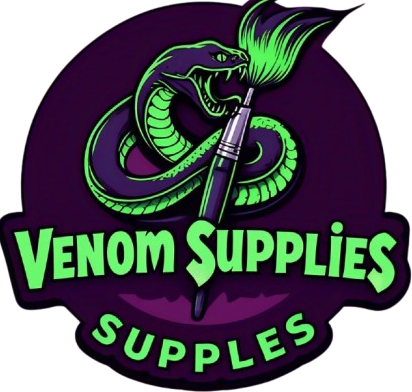Introduction
Transporting snake venom is highly regulated and logistically complex. Its classification as a toxic biological material requires strict adherence to safety standards, shipping protocols, and legal regulations.
This guide explains the challenges of shipping snake venom in 2025, including international law compliance, packaging requirements, and institutional responsibilities, helping researchers and institutions avoid legal and safety risks. Snake Venom Shipping
👉 For sourcing safe and legal suppliers, see: 7 Safe Places to Buy Snake Venom Online 2025.
Why Shipping Snake Venom Is Challenging
- Toxicity: Even small amounts can be lethal if mishandled.
- Legal Restrictions: Only licensed institutions can legally transport venom.
- Temperature Sensitivity: Venom must be kept freeze-dried or cryogenically stored.
- International Trade Laws: Many snake species fall under CITES regulations.
- Courier Limitations: Not all shipping companies are authorized to transport dangerous goods.
Regulatory Framework
1. IATA Dangerous Goods Regulations
- Snake venom is classified as a biological toxin.
- Packaging must include:
- UN-approved containers
- Proper labeling with hazard symbols
- Temperature-controlled shipping where required
2. National & International Permits
- Export/Import permits may be required from government authorities.
- Buyers must provide institutional or research credentials.
- Customs inspection may be mandatory for cross-border transport.
3. CITES Compliance
- Venoms from endangered or protected species require additional certification.
- Non-compliance can result in seizure, fines, or criminal charges.
Packaging & Transport Guidelines
| Aspect | Requirement |
|---|---|
| Container Type | UN-approved, leak-proof, shock-resistant |
| Temperature Control | Freeze-dried (ambient) or cryogenic (-80°C) |
| Labeling | Biohazard symbol, contents description |
| Documentation | CoA, permits, MSDS, shipment manifest |
| Authorized Personnel | Only trained, licensed couriers |
Common Shipping Challenges
- Customs Delays: Paperwork or permits may be incomplete.
- Temperature Fluctuations: Can degrade venom potency if not properly controlled.
- Courier Availability: Only specialized logistics providers handle toxic biological materials.
- Regulatory Changes: Laws and regulations may differ between countries, requiring constant monitoring.
Best Practices for Safe Shipping
- Use licensed and experienced venom suppliers.
- Double-check all documentation before shipment.
- Notify couriers and customs about the hazardous nature of the shipment.
- Maintain traceability from supplier to recipient institution.
Connection to Supporting Topics
- Review Purity, Standards, and Certification of Snake Venom Products
- Read Safety Precautions When Handling Snake Venom
- Reference Legality of Buying Snake Venom Online
FAQs (Schema-Ready Q&A)
Q1: Can snake venom be shipped internationally?
A: Yes, but only through licensed suppliers using IATA-compliant packaging and permits.
Q2: What happens if shipping regulations are violated?
A: Shipments may be seized, and buyers can face legal penalties, including fines or criminal charges.
Q3: How should venom be stored during transport?
A: Freeze-dried or cryogenically stored in UN-approved containers with proper temperature control.
Q4: Who can legally transport snake venom?
A: Only trained personnel or licensed couriers approved for hazardous biological materials.
Conclusion
Shipping snake venom requires careful compliance with international and national regulations, proper packaging, and coordination with licensed logistics providers. By following IATA rules, permits, and traceability protocols, institutions can transport venom safely and legally in 2025.
✅ For further guidance, see: How to Verify Supplier Credibility for Snake Venom



